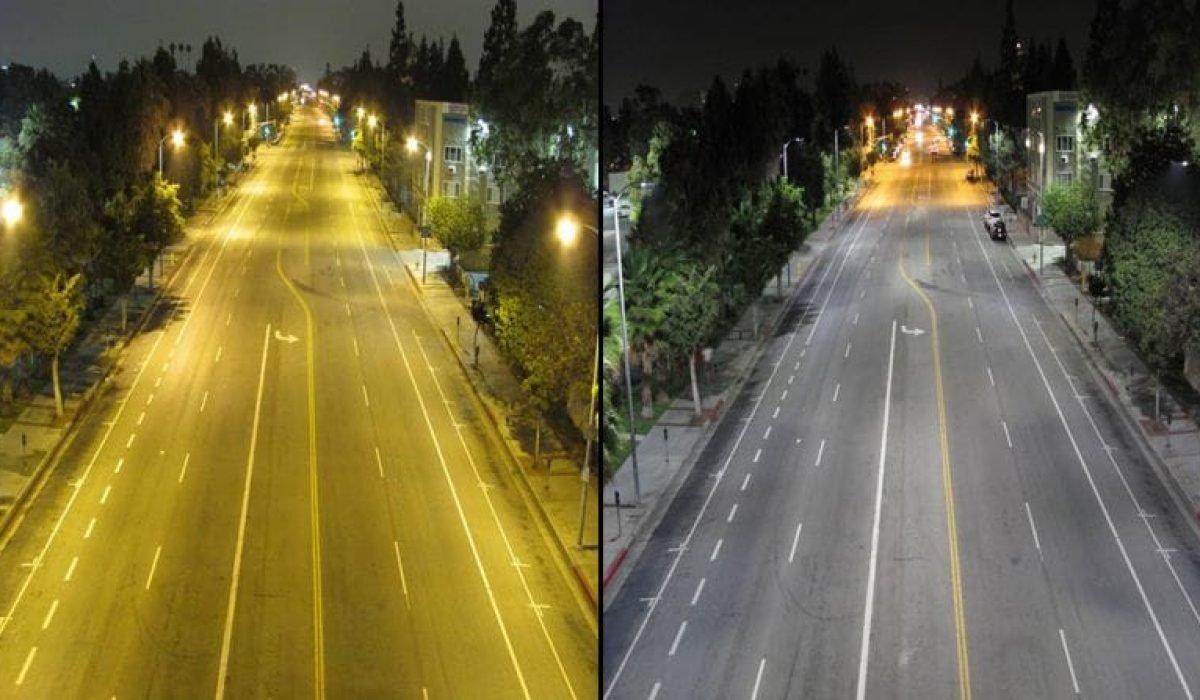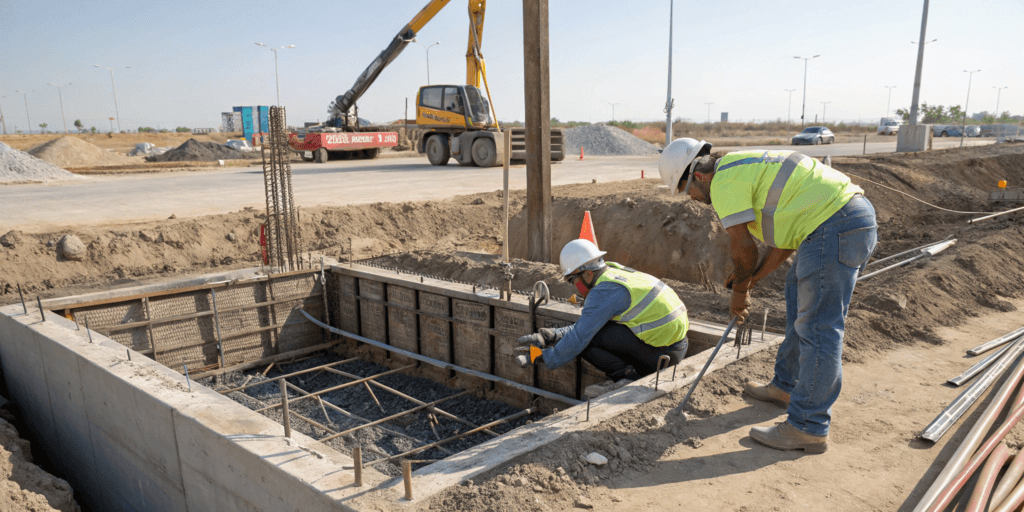Why This Solar Street Light Project in Togo Matters
When I first landed in Kara City, Togo, in early 2023, I didn’t immediately see a “project site.” I saw families walking home in the dark, children waiting by unlit roadsides, and shopkeepers closing early simply because the streets weren’t safe at night. That reality made one thing clear: this project was never just about numbers—it was about restoring light to daily life.
By the end of June, we had delivered 200 solar street lights, cutting municipal energy spending by over 70% compared with diesel generators. But more importantly, we gave back safety, time, and opportunity to a community that needed it.
What Sparked the Project?
In February 2023, the Kara municipal government invited us to help upgrade city lighting as part of their clean energy initiative. They had struggled for years with diesel-powered lights—expensive fuel, constant breakdowns, and a maintenance team stretched too thin.
When I sat down with Mr. Akaba, the municipal engineering director, he told me:
“Our biggest challenge is not money—it’s sustainability. If we fix one lamp today, tomorrow two others are down. We need a solution that can survive our climate and last without endless repairs.”
That comment shaped every design decision we made.
How Did We Translate Local Needs Into Technical Design?
Listening First
During our 12 km road survey, we didn’t just measure distances. We spoke with teachers outside Kara Middle School, where students often finished classes in the dark. We met market vendors who complained that early sunsets cut short their daily income.
Those voices influenced our system design as much as the soil reports and weather data.
Designing for Kara’s Reality
- Pole height: 7m, with reinforced foundations to handle seasonal storms.
- Light head: BR-TJ-4head, 55W LEDs, chosen for clear white light suitable for both roads and public squares.
- Solar panel: 110W monocrystalline, high conversion efficiency for Togo’s 6+ daily sunshine hours.
- Battery: 48Ah LiFePO4, oversized to ensure lighting through rainy stretches.
- Controller: Smart microwave sensors to dim during quiet hours and extend battery life.
Instead of presenting specs as checkboxes, we framed them as answers to real concerns—“Will it last through the rains?” “Can it light crowded crossroads?” “What happens if a battery weakens?”
What Did Procurement and Logistics Look Like Behind the Scenes?
From my 15 years in this business, I’ve learned that logistics can make or break a project in Africa.
- Manufacturing was completed in China with QR-coded tracking for every part (a practice we introduced to reduce confusion in maintenance years later).
- Shipping involved three 40HQ containers from Shanghai to Lomé, then a three-day truck haul north to Kara.
- At customs, one pole was damaged. Instead of delaying, we air-freighted a replacement—a decision that cost more upfront but kept our schedule intact.
That moment reminded me why flexibility and proactive problem-solving matter as much as technical design.
What Happened On-Site?
Training Local Teams
We didn’t just bring equipment; we brought knowledge. Over two days, we trained 24 workers—half local, half from our team—on:
- Safe foundation preparation.
- Correct wiring for LiFePO4 batteries.
- Controller setup and troubleshooting.
I still remember one local technician, Joseph, asking:
“If the controller fails, how will we know?”
That prompted us to add a simple fault indicator light—something we might have overlooked sitting in an office far from Kara.
Construction Highlights
- Foundations poured starting May 23, with local concrete suppliers.
- Poles raised between June 11–18, often under sweltering heat.
- Lights installed and tested by June 25, each one taking about 35 minutes to commission.
Yes, there were hiccups: one loose battery connector, a crane delay due to rain, and a misaligned foundation that needed re-pouring. But each issue was solved in the field, on time.
What Changed After the Lights Came On?
- Safety: Accident reports dropped by over 40% within three months.
- Community: The school plaza now doubles as an evening study area. Market vendors reported staying open an extra hour.
- Economics: The city saved roughly 70% on lighting costs, freeing funds for road repair.
- Environment: Emissions reductions equaled the effect of planting 2,800 trees annually.
One evening, during final testing, I walked with a group of residents under the new lights. A young woman told me:
“Now I can walk home from the market without fear. This is more than light—it’s freedom.”
That sentence carried more weight than any statistic I’ve ever presented.
Lessons for Future EPC Projects
- Start with listening, not specs. The best designs come from conversations, not catalogues.
- Build local ownership. Training and involving local workers ensures sustainability long after commissioning.
- Plan for the unexpected. From damaged poles to sudden rainstorms, resilience in execution is critical.
- Measure impact beyond cost savings. Real success is seen in safer streets, longer business hours, and empowered communities.
Final Thoughts
After 15 years of solar work across Central and West Africa, this project reaffirmed what I’ve always believed: solar isn’t just about saving money—it’s about giving people their nights back.
If you are a government consultant, EPC contractor, or community planner looking for proven, replicable solar lighting solutions, I’d be glad to share what worked (and what didn’t) in Kara.
👉 Let’s discuss how your next project can deliver both savings and social impact.





